![]()
![]()
![]()
The source of all wave motion is:
a) wave pattern.
b) harmonic object.
c) oscillating object.
d) region of variable high and low pressure.
e) any of these.
![]()
![]()
Some questions about waves:
![]()
![]() What are the sources of waves
What are the sources of waves![]()
Typically waves arise from oscillating objects, things that are going back and forth... and back and forth. An example is a vibrating guitar string, which is the source of a sound wave.
![]()
![]() Do waves involve the transport of material? If not, what IS transported
Do waves involve the transport of material? If not, what IS transported![]()
Waves do NOT involve the net transport of material in the direction of wave travel. The air that supports a sound wave doesn't travel from the speaker to the listener, for example. What is transported? ENERGY!
![]()
![]() What do waves look like
What do waves look like![]()
In general there are two types of waves: transverse and longitudinal.
 So the movement of waves involves displacement (real or imagined) of tranport medium (caveat: in the case of electromagnetic waves, there doesn't need to be a "transport medium--" they can travel through empty space).
So the movement of waves involves displacement (real or imagined) of tranport medium (caveat: in the case of electromagnetic waves, there doesn't need to be a "transport medium--" they can travel through empty space).
Transverse waves:
- medium is displaced perpendicular to the direction the wave travels.
- Examples: guitar strings, seismic "shear" waves, water waves, light.
Longitudinal waves:
- medium is displaced (but NOT transported) in the direction of the wave.
- Examples: sound waves, seismic "P" waves.
wavelength:

period:

frequency:
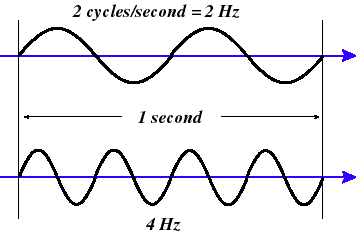
...... by the way:
...... so which has the higher frequency?
speed:
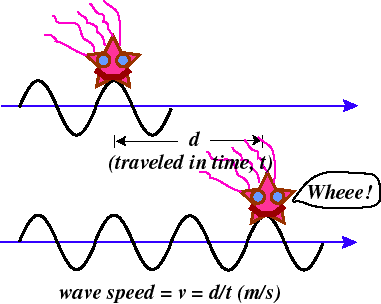
And there's a relationship between a wave's speed, wavelength and frequency.... (uh, let's see, speed is wavelength's illegitimate child by frequency's brother....)
No, its:

So, what am I looking at here
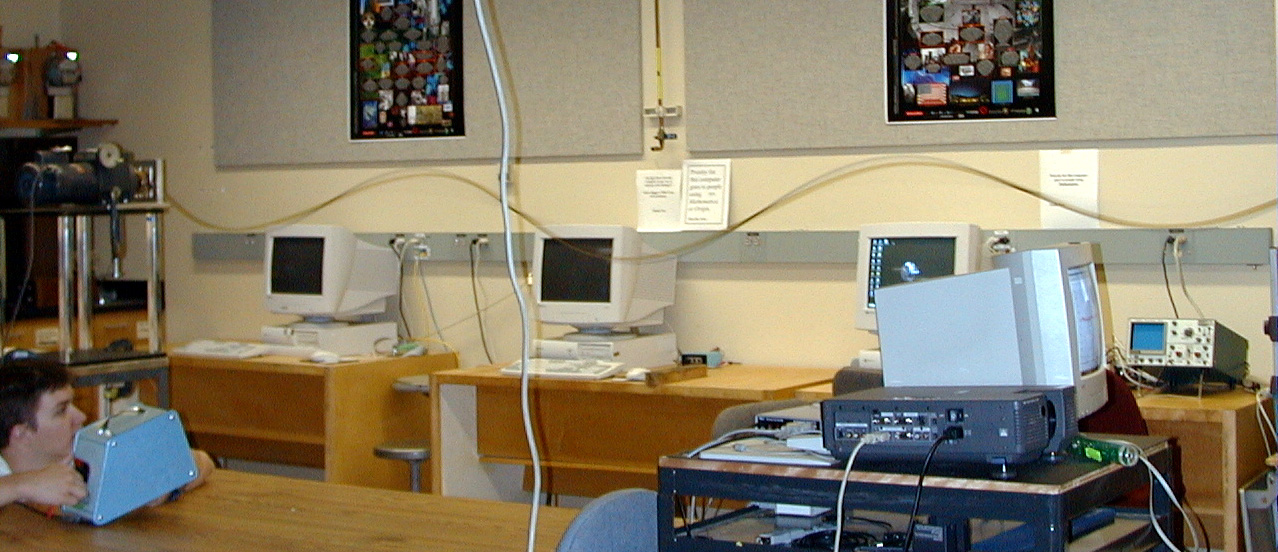
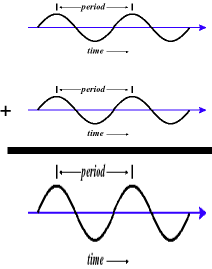
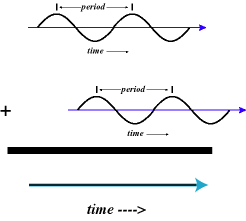
![]() Why was Tonto always putting his ear to the ground
Why was Tonto always putting his ear to the ground![]()
![]() The speed of sound in 20oC air is about 340 m/s (0.21 mi/s). Is it faster or slower in warmer air? Why
The speed of sound in 20oC air is about 340 m/s (0.21 mi/s). Is it faster or slower in warmer air? Why![]()
![]() Why does sound bend? Why do I hear the train so loudly some nights
Why does sound bend? Why do I hear the train so loudly some nights![]()
![]() What causes sound to reflect
What causes sound to reflect![]()
Comparison of speed of sound in air to speed of light.
![]() How far away was that lightning
How far away was that lightning![]()
What happens to resonance frequencies when the length of the resonator changes? What happens when the speed of sound changes? Why do you sound like Donald Duck if you breathe helium?
